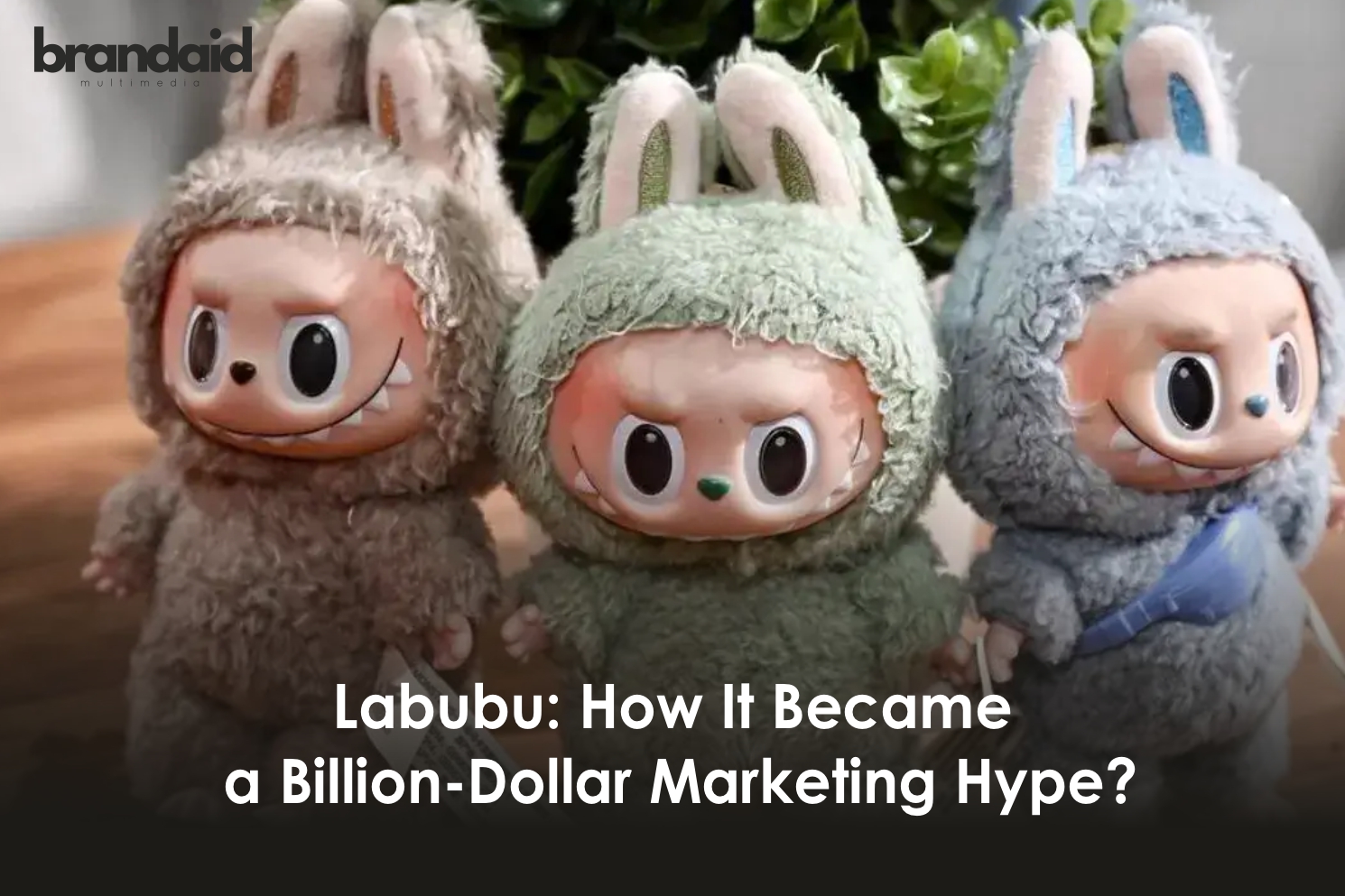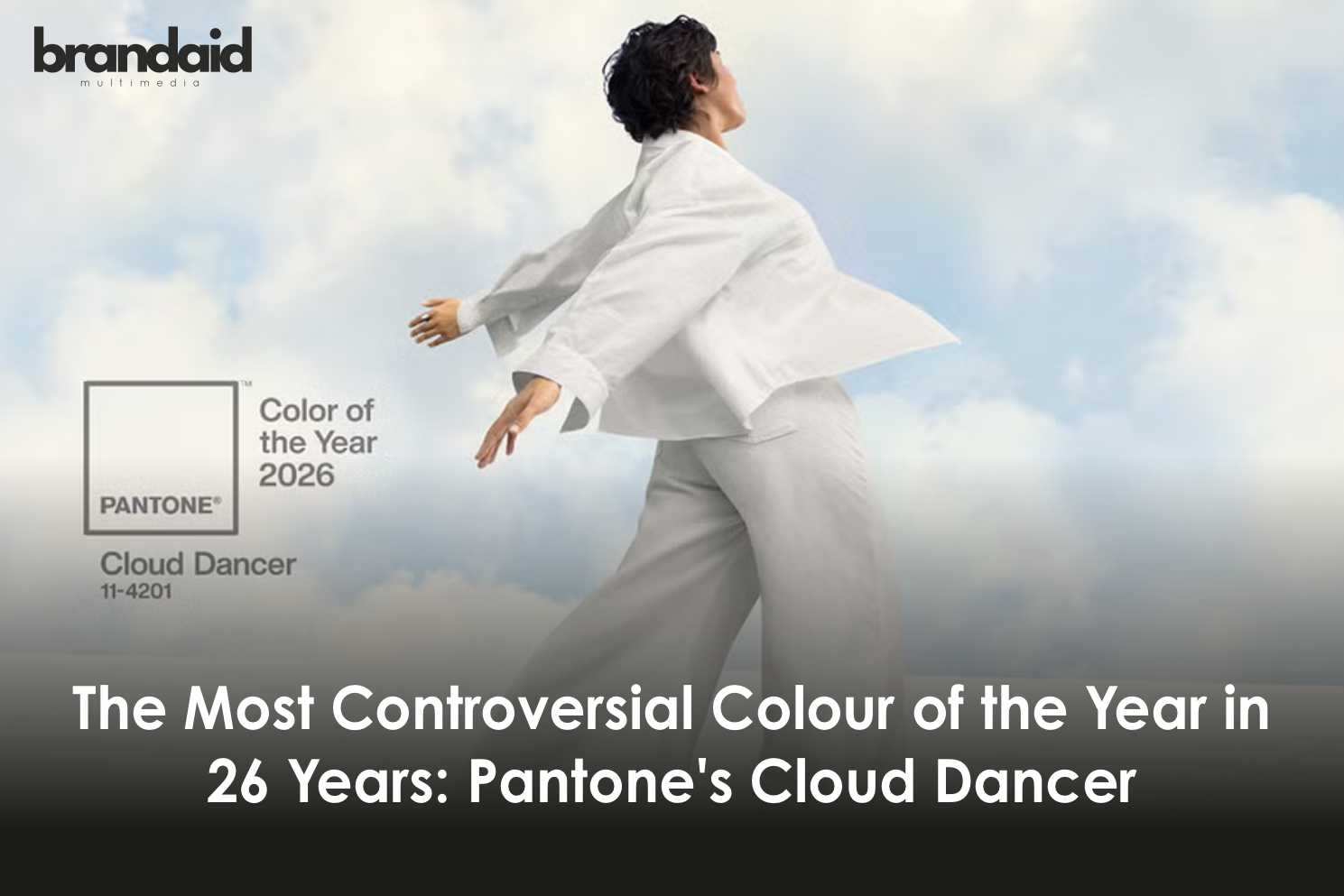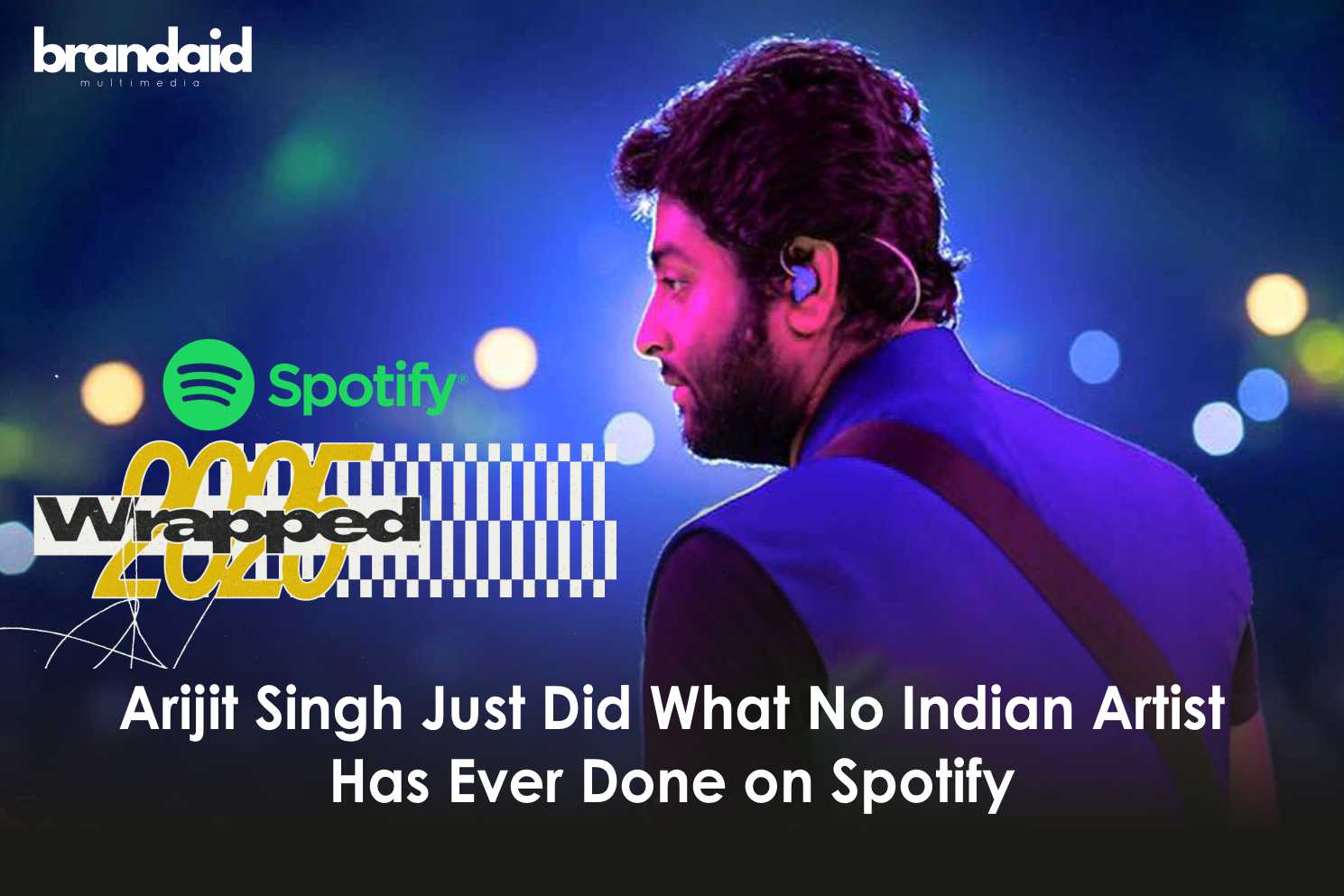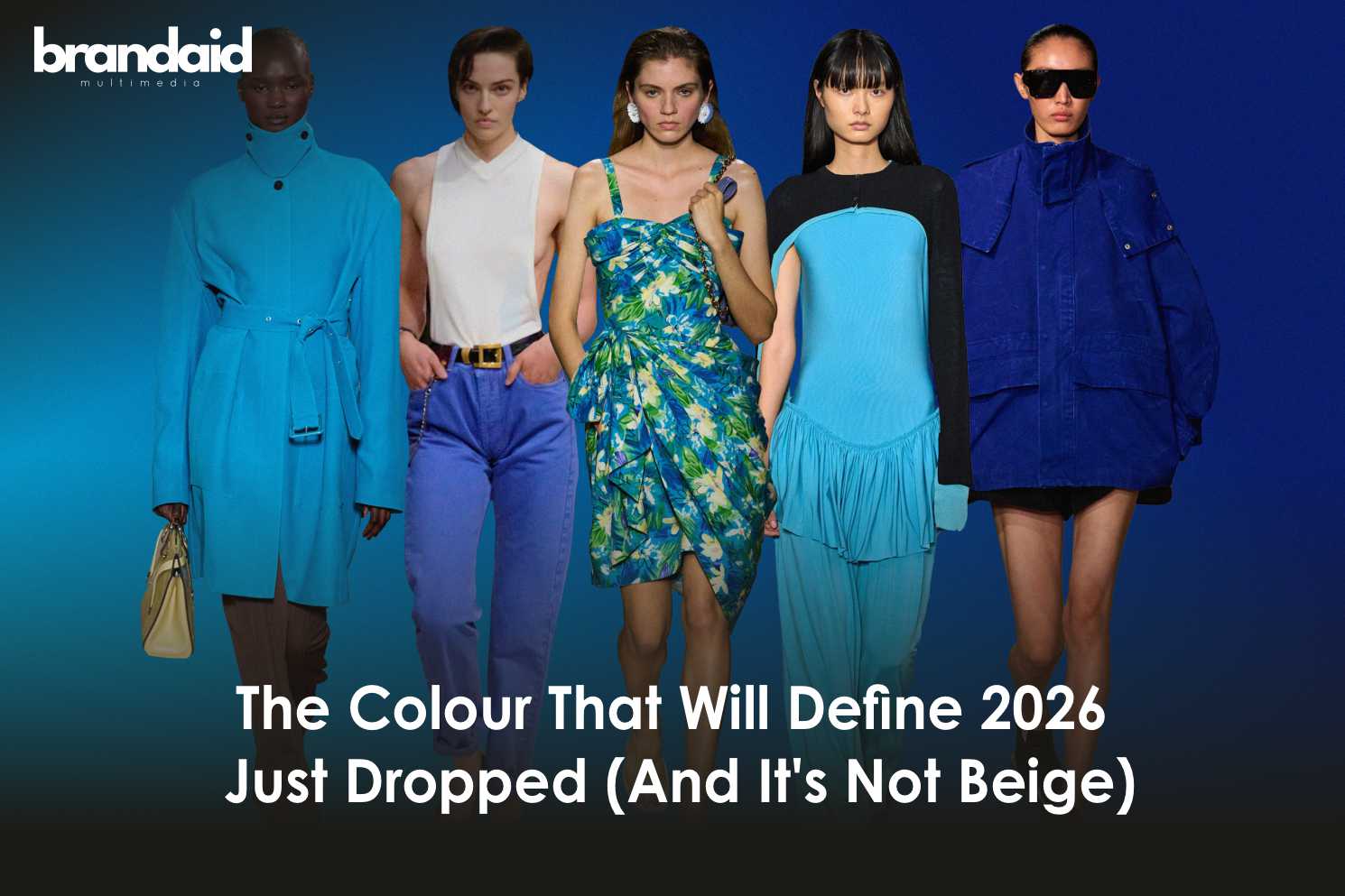Have you seen these ugly-cute dolls with big, toothy grins and unsettling eyes taking over the internet and celebrity Instagrams? These aren’t just toys; they’re Labubu, and they’ve become a global hype.
This strange-looking doll from China, created by artist Kasing Lung as part of “The Monsters” series, has sold for hundreds, sometimes even thousands, of dollars on resale sites.
In fact, one rare human-sized Labubu figure even sold for $150,000!
So, how did a creepy art toy become a “cultural obsession” and a billion-dollar business?
It’s a masterclass in modern marketing, especially “hype marketing”. Let’s unbox the Chamber of Secrets behind Labubu’s incredible success.
Meet Labubu: The Imperfect Star
Labubu isn’t your typical sweet doll. It’s mischievous, expressive, and imperfect, walking a line between charming and creepy.
This very imperfection is its strength, making it feel DEEPLY human and connecting with collectors on an emotional level.
It taps into feelings like childhood nostalgia and a love for strange things.
The Mastermind: POP MART’s Strategy
Behind Labubu’s global rise is POP MART, a Chinese collectible toy giant.
POP MART turned art, emotion, and randomness into a scalable product, making Labubu one of its most successful creations.
They built a system that bridges the gap between high-end art toys and everyday people.
The Hype Marketing: How Labubu Became a Must-Have
Labubu’s success isn’t by chance; it’s due to a highly strategic business approach that uses a “hype marketing”. Here are the key steps:
1. The “Blind Box” Magic: Gamifying the Purchase
Labubu dolls come in sealed “blind boxes”, meaning you don’t know which specific doll you’ll get until you open it. This mystery turns every purchase into an exciting event.
This uncertainty creates an extra “layer of enjoyment,” similar to buying a lottery ticket, and fuels repeat buying.
Customers are encouraged to buy multiple boxes to complete a set or find a rare “secret” design.
2. Scarcity and FOMO: Making People Want What’s Hard to Get
POP MART doesn’t make unlimited dolls.
Instead, they release new collections in limited batches or “drops,” and once they’re gone, THEY’RE GONE!.
Each series has ultra-rare “chase figures” that are very hard to find, sometimes only once in 144 boxes.
This intentional scarcity creates a sense of urgency and “FOMO” (Fear Of Missing Out).
This also fuels the resale market, where rare items sell for much higher prices, making them status symbols.
3. Social Amplification: Turning Buyers into Broadcasters
The blind box format naturally encourages people to share their experiences.
Fans worldwide record unboxing videos and share them on platforms like TikTok, creating a buzz without official marketing spending.
By June 2025, TikTok alone had over 1.9 million clips of people engaging with Labubu products.
This also builds a strong community where collectors trade, swap, and show off their finds online, making it a social sport.
4. The Power of Secondary Markets: Hype Beyond the Initial Sale
When something is scarce and highly desired, a resale market pops up.
Labubu dolls, which might cost around $30, can fetch hundreds of dollars on platforms like eBay.
These high resale prices generate news headlines, which further contributes to the hype and keeps the product talked about long after shelves are empty.
5. Cultural Lock-in & Influencer Power: Becoming a Lifestyle Icon
Labubu isn’t just a toy; POP MART has turned it into a lifestyle icon.
They’ve done this through:
- Pop-ups in fancy stores.
2. Partnerships with popular characters like Harry Potter, DC, and Minions.
3. Launching Labubu-themed accessories like keychains and bags.
A major boost came in April 2024 when Lisa from BLACKPINK was seen with a Labubu keychain and posted it on Instagram.

This organic celebrity exposure sent Labubu’s popularity to the skies globally.
Other public figures like Rihanna and Tom Brady have also been seen with Labubus.
The Omnichannel Experience: Meeting Fans Everywhere
POP MART uses a smart omnichannel approach, blending physical and digital experiences seamlessly:
Physical Stores & Robo Shops
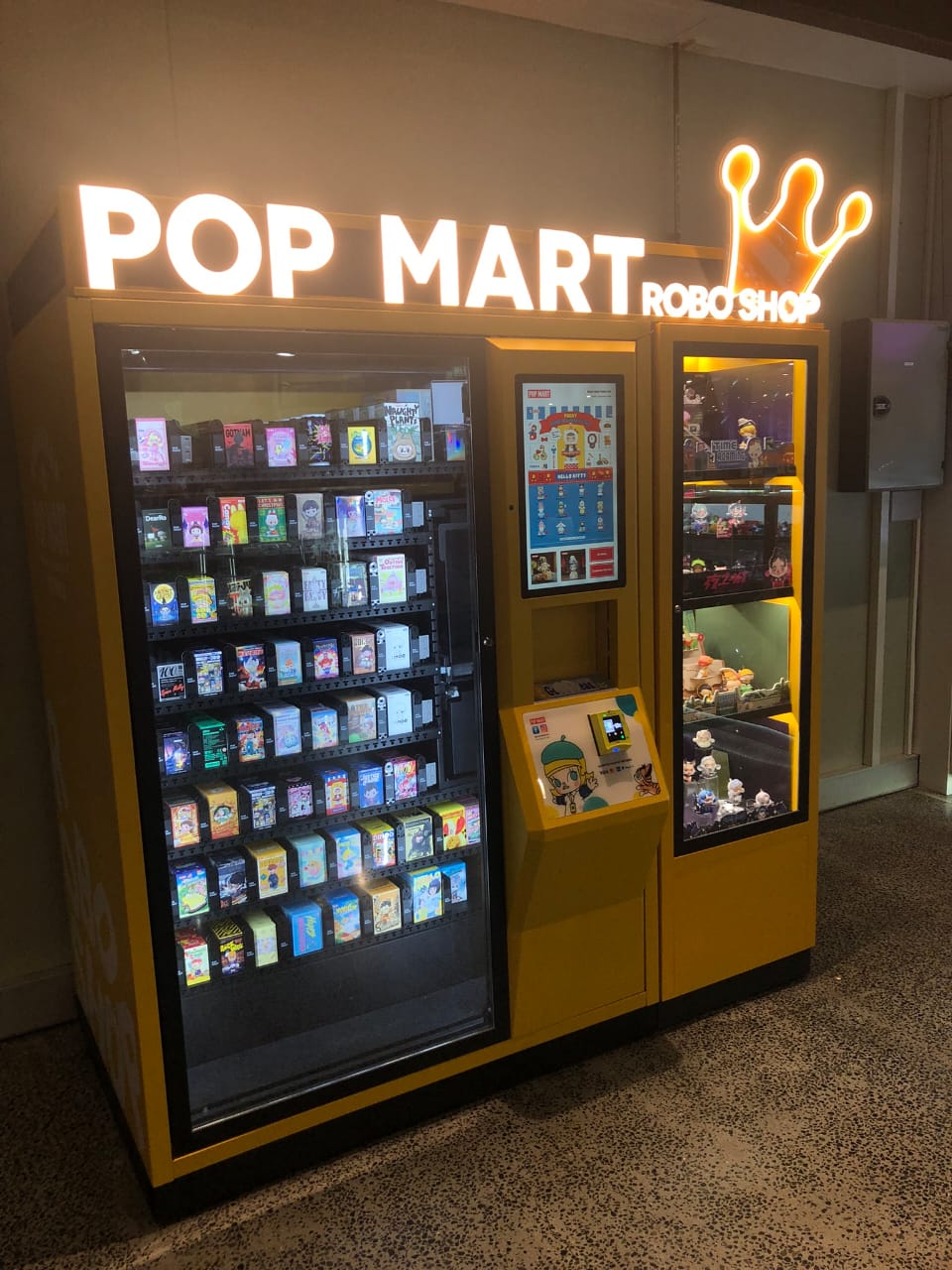
They have flagship stores and vending machine-like Robo Shops in malls, airports, and metro stations.
These physical spaces are designed as mini art galleries to invite discovery.
App-First Experience
POP MART’s mobile app is a gamified collector hub where users can browse, shop, track their collections, and get alerts for new drops.
It rewards daily check-ins, offers membership tiers, and uses countdowns to build anticipation.
Platform-Specific Social Strategy
They tailor content for different social media platforms, like TikTok (unboxings, memes), Instagram (high-gloss visuals), and Xiaohongshu (in-depth reviews).
User-Generated Content (UGC)
POP MART encourages fans to create content, especially unboxing videos on TikTok.
The packaging is even designed to be “TikTok-ready” with hashtags printed on boxes.
This user-generated content acts as free marketing, building hype and community.
Conclusion
Labubu is proof that you don’t need mass appeal to build massive value.
By leaning into art, scarcity, emotion, community and by using Hype marketing,
POP MART created a brand that people truly connect with and want to be part of.
Talking about product hype, did you know that an actress recently sold her bathwater soap? YES! Soap made from her actual bathwater. Read the full story here:
She Sold Her Bathwater for $8: And Nearly 1 Million People Wanted It!

